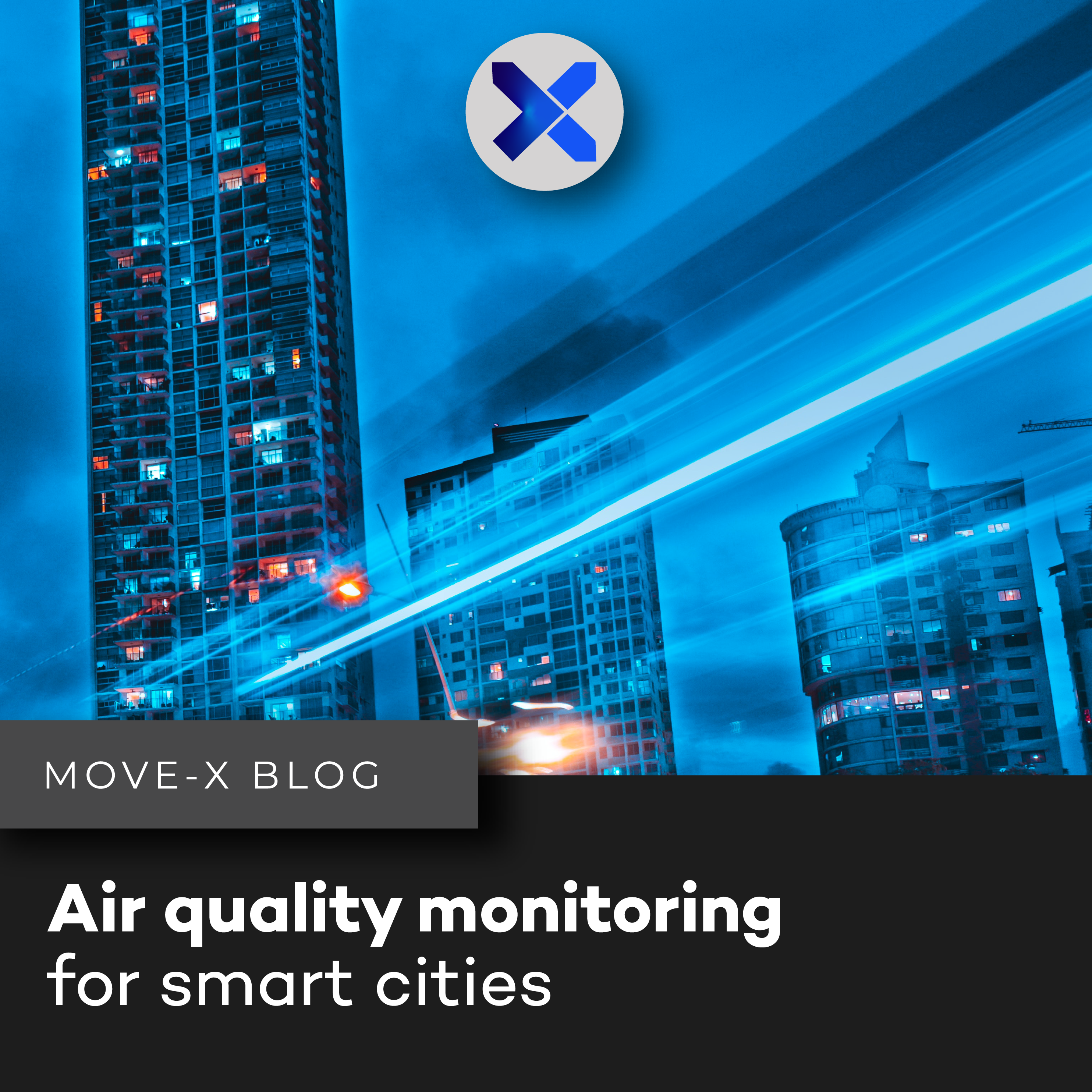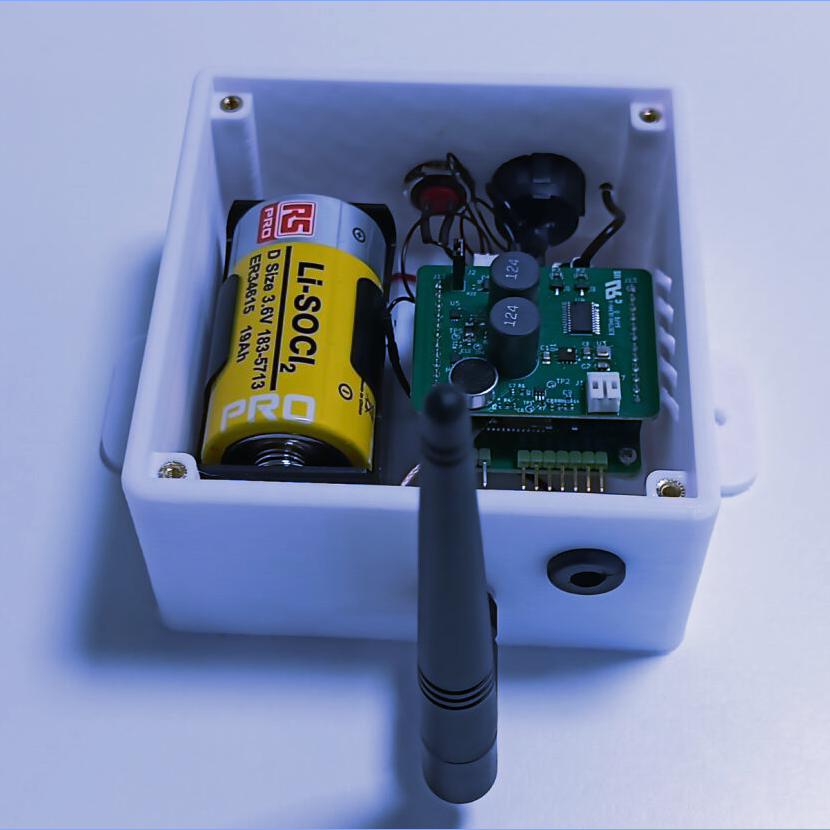Air quality monitoring for smart cities
On average, we inhale approximately 11,000 liters of air daily.
The air that we breathe is the most important element of life, as it is fundamental for the functioning of the cells in our body. While we can stay alive for days without food and water, we can’t survive for more than a few minutes without air.
However, air not only makes us stay alive: it has also an impact on our quality of life.
In recent years, the quality of inhaled air has greatly deteriorated due to the intensification of deforestation, urbanization, the excessive usage of vehicles and industry activities. Air pollution has an impact on our planet and on all its living beings, as it contributes to acid rains, global warming, and to important health issues. It has been estimated to kill around 800 people every hour all over the world, causing 36% of deaths from lung cancer, 35% of deaths from respiratory failure, 34% of strokes and 27% of heart attacks (according to a study of the World Health Organisation). This problem has become an urgent concern in addressing the health of humankind and of our planet. That is why monitoring the air quality of our cities is so important.

Conventional air monitoring systems are based on expensive stations that can only measure a limited number of parameters. As a result of the high costs of these systems, it is difficult for cities to record detailed air quality data across a widespread area. Because of that, most cities are not provided with stations to implement better air quality programs.
The Internet of Things (IoT) has started a new era of environmental monitoring.
It is now possible to have air pollution monitoring solutions with wireless sensors and gateways that use LoRa Technology and a smart low-power wide-area network based on the LoRaWAN protocol. LoRa low energy consumption together with long-distance communication enables it to be one of the potential LPWAN technologies for IoT applications. That allows cities to access cost-effective and better air quality data so as to have the information needed to drive change for their citizens.
Using wireless sensors that communicate through LoRaWAN technology has several benefits:
- wide-range connectivity
- low-power consumption
- battery-powered devices that last several years
- accurate data collection of a range of parameters using a single smart sensor
- reduced installation and maintenance costs
- real-time data access via a Cloud-based platform
One of smart cities requirements is taking care of people’s wellbeing and of our planet’s health by ensuring clean air and reducing pollutants.
At Move-X we design highly innovative modules that can be easily integrated into any air monitoring system in order to help cities address air pollution issues more efficiently.









